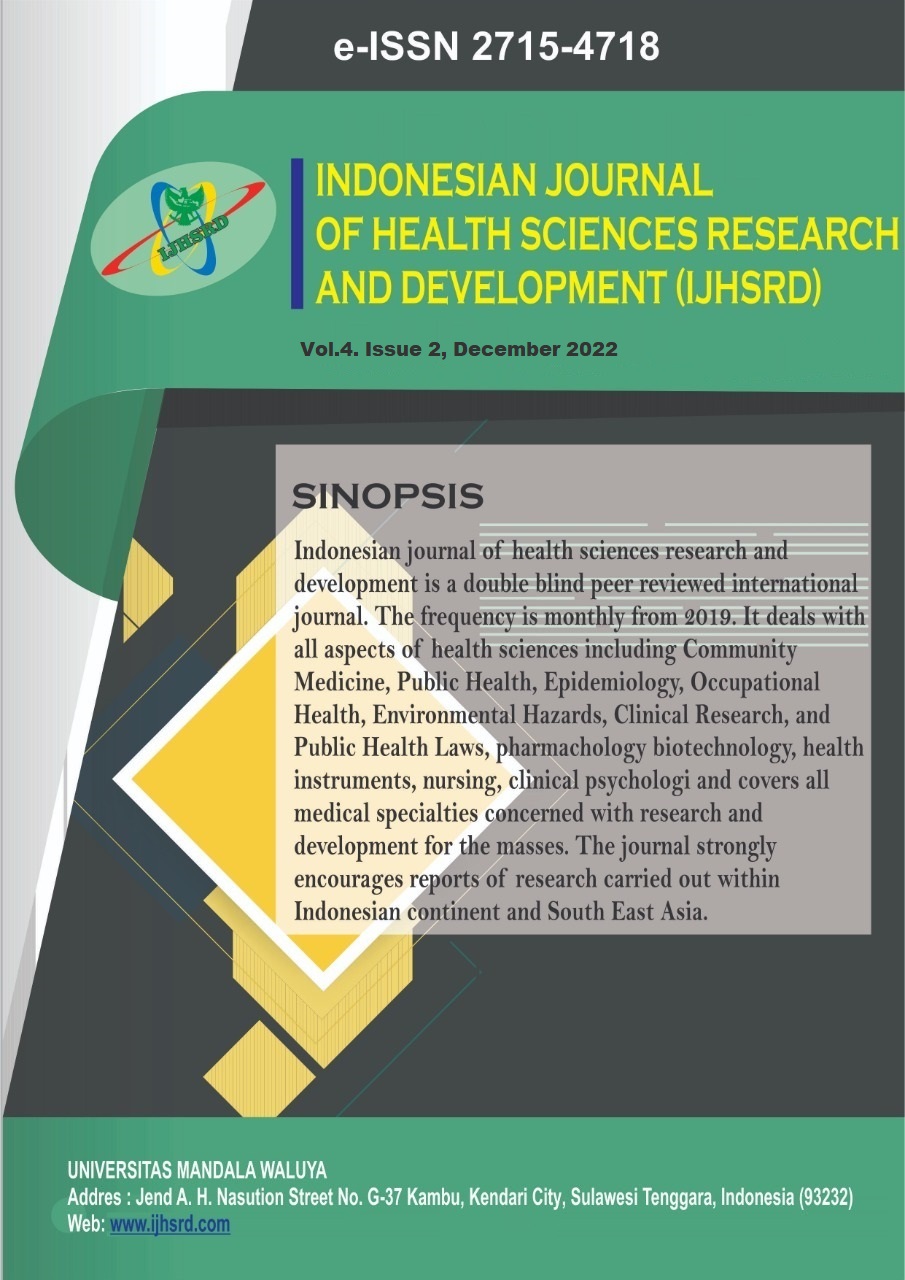Main Article Content
Abstract
Objectives: This study aims to investigate the utilization of antibiotics among the patients attending in Silverline Hospital, Lekhnath Marg, Balaju, Kathmandu-44600, Nepal.
Methods: A hospital based cross sectional study was conducted in between June to September, 2022. A standard questionnaire was prepared, to conduct the survey based on patient’s demographic data such as which utilization of drug, age, gender, therapy and medication.
Results: Out of 111 patients, antibiotics Levofloxacin is highly prescribed to the patients. It is prescribed to 92 (82.90%) people. Cefixime is prescribed for 37 (41.07%) people, Ciprofloxacin is prescribed for 29 (26.12%) patients, Ofloxacin is prescribed for 5 (4.5%) and Nitrofurantoin is prescribed for least for number of people and it is prescribed for 4 (3.6%) patients.
Conclusion: Fluroquinolones and Cephalosporins were the most commonly prescribed antibiotics in this study. Culture sensitivity test was carried out only in a limited number of cases, and present findings together with previous ones are suggestive of the need for periodic monitoring of antibiotic sensitivity pattern of the bacterial isolates to provide effective treatment and thereby to make it more cost effective particularly in the developing countries like Nepal. The continuous monitoring and reporting of prescribing pattern of antibiotics will surely help the physicians for effective treatment.
Keywords
Article Details

This work is licensed under a Creative Commons Attribution-ShareAlike 4.0 International License.
References
- Akram, M., Shahid, M., & Khan, A. U. (2007). Etiology and antibiotic resistance patterns of community-acquired urinary tract infections in JNMC Hospital Aligarh, India. Annals of clinical microbiology and antimicrobials, 6(1), 1-7.
- Azzarone, G., Liewehr, S. and O’Connor, K. (2007). Cystitis. Pediatrics Review, 28(12): 474-6.
- Dipiro, J. T., Talbert, R. L., Yee, G. C., Matzke, G. R., Wells, B. G., & Posey, L. M. (2014). Pharmacotherapy: a pathophysiologic approach, ed. Connecticut: Appleton and Lange, 4, 141-142.
- Fallik, B. (2005). The Academy of Managed Care Pharmacy's concepts in managed care pharmacy: prior authorization and the formulary exception process. Journal of Managed Care Pharmacy, 11(4), 358-358.
- Rai, G. K., Upreti, H. C., Rai, S. K., Shah, K. P., & Shrestha, R. M. (2008). Causative agents of urinary tract infections in children and their antibiotic sensitivity pattern: a hospital based study. Nepal Med Coll J, 10(2), 86-90.
- Gidamudi, S., Jadhav, S., Khanwelkar, C., Thorat, V., Desai, R., & Naik, H. (2015). Antimicrobial utilization pattern of urinary tract infection in a tertiary care hospital. Asian journal of pharmaceutical and clinical research, 8(6), 161-164.
- Hoffmann, R. P. (1984). A strategy to reduce drug expenditures with a drug utilization review program. Hospital Pharmacy, 19(1), 7-8.
- Huang, E. S., & Stafford, R. S. (2002). Adherence to Evidence-Based Therapy: Some Practical Problems—Reply. Archives of Internal Medicine, 162(11), 1310-1311.
- Car, J. (2006). Urinary tract infections in women: diagnosis and management in primary care. Bmj, 332(7533), 94-97.
- Jancel, T., & Dudas, V. (2002). Management of uncomplicated urinary tract infections. The Western journal of medicine, 176(1), 51.
- Kothari, A., & Sagar, V. (2008). Antibiotic resistance in pathogens causing community-acquired urinary tract infections in India: a multicenter study. The Journal of Infection in Developing Countries, 2(05), 354-358.
- Mahadevamma, L., Krishnagoudar, B., Nagar, A. K. and Sandeep, A. (2012) Urinary Tract Infection: Analysis of Prescribing Pattern of Antibiotics, International Journal of Pharma Sciences and Research, 3(3): 252-357
- Panayappan, L., Babu, A. S., Davis, D. E. E. N. A., Joseph, N. E. E. T. H. U., Joshy, N. E. E. T. H. U., & Krishnakumar, K. (2017). Urinary tract infection: prescribing pattern of antibiotics at a tertiary care hospital. Asian J. Pharm. Clin. Res, 10(5), 255-257.
- Puca, E. (2014). Urinary tract infection in adults. Clin Microbiol, 3(6), 1000el20.
- Wyndaele, J. J., Brauner, A., Geerlings, S. E., Bela, K., Peter, T., & Bjerklund‐Johanson, T. E. (2012). Clean intermittent catheterization and urinary tract infection: review and guide for future research. Bju International, 110(11c), E910-E917.
- Parsons, C. L. (2011). The role of a leaky epithelium and potassium in the generation of bladder symptoms in interstitial cystitis/overactive bladder, urethral syndrome, prostatitis and gynaecological chronic pelvic pain. BJU international, 107(3), 370-375.
